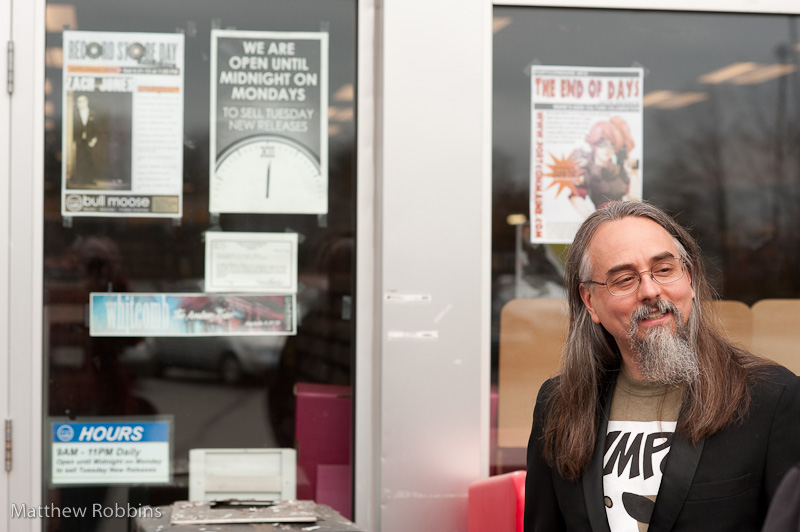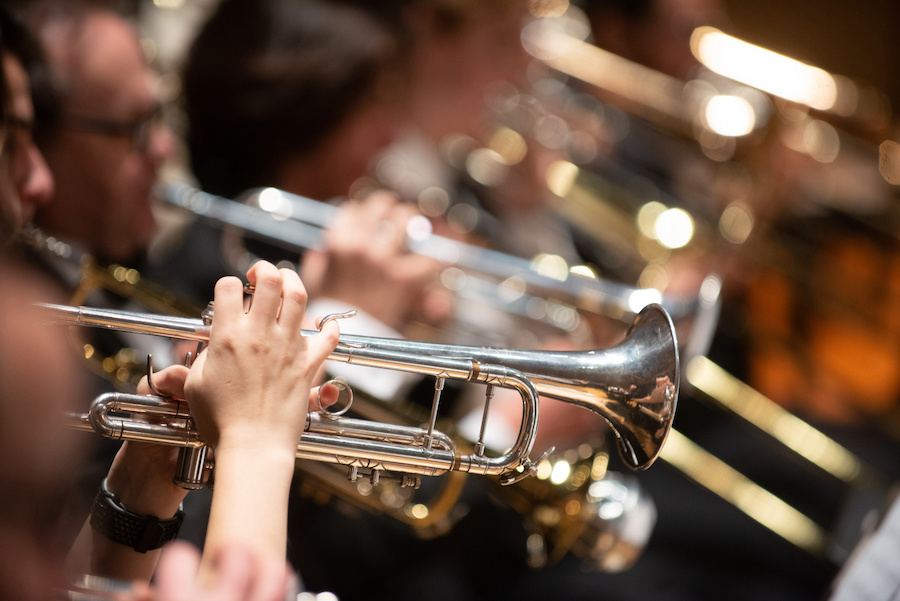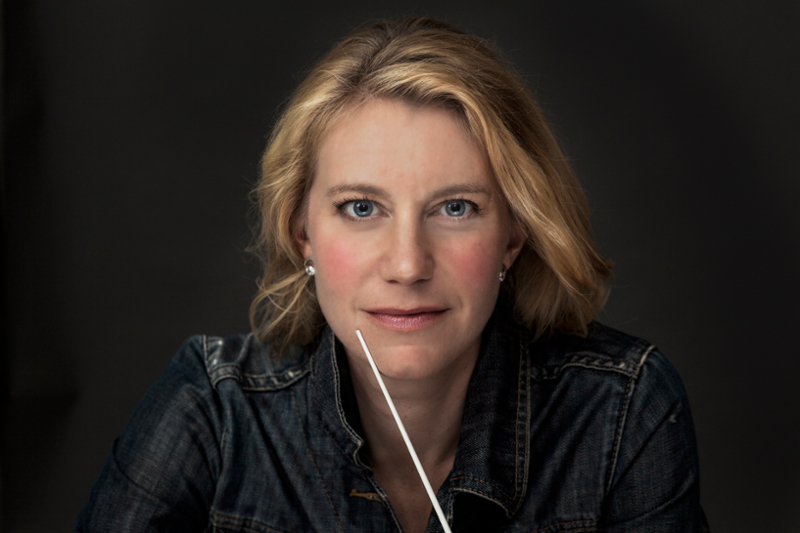Beyond the Saxophone: Mauceri Creates Multimedia Music

For Senior Lecturer in Music Frank Mauceri, composition is an art that often demands more than mere musical instruments. Mauceri is an accomplished jazz musician and a composer. He also teaches courses in computer music, improvisation, and music theory.
Mauceri’s chosen instrument is the saxophone, but much of his output, both as a performer and a composer, encompasses audio and visual elements. Recent compositions have focused on generative and interactive systems for improvisers, while his research concerns the social impacts of technology on music.
In the spring semester Mauceri teamed up with longtime collaborator Maciej Walczak from the Academy of Music in Lodz, Poland, to premiere a work of audio-visual improvisation called “Small Hands,” featuring saxophone and digital media.
Mauceri spoke with College Writer and Multimedia Producer Tom Porter.
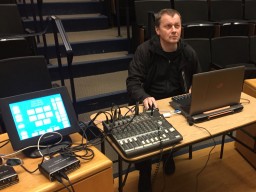
Tom Porter: You say that “Small Hands” is a political commentary of sorts. Is it a reference to the political insults that were traded earlier this year in one of the GOP presidential debates between Marco Rubio and Donald Trump?
Frank Mauceri: That’s where the quote comes from, but there’s no direct reference to it in the piece. We wanted to turn the pettiness of political language into a rhetoric that was poetically engaged with important social concerns.”
TP: Tell us how you and Maciej Walczak work together on this.
FM: Maciej runs the video component of the performance, using images connected to the idea of small hands: the hands of children, the handwriting of children, the hands of child slaves and child soldiers, the hands of the doomsday clock. I create the audio component of the piece, playing improvised phrases on the saxophone, which the computer responds to. The sound and visual materials that function as our starting point were chosen while thinking about recent political debates. For some of the material, I took sound samples from the debates.
TP: How much of the piece is improvised and how much of it as pre-determined?
FM: All the sound and visuals performed are generated in the performance. We make use of some short sound, video, and image samples. But these are manipulated and processed in the moment, so they appear in a different sequence every time. Maciej has designed the software that generates and processes visuals. I have designed the software that synthesizes and processes sound. For example, in my performance the computer analyzes the sound of the saxophone. The computer is tracking the volume, pitch, spectrum, and phrase lengths of the music. It uses that analysis to trigger synthetic sound. It also processes the saxophone sound with a variety of filters and delays.
TP: Tell us more about how you, as a musician who creates sound, interacts with Walczak; who creates images?
FM: Our improvisations grow out of a combination of the materials we have chosen as a starting point, the computer processes we have chosen to shape our improvisation, and the interplay between Maciej and me. I am constantly watching the development of visual themes and attempting to offer sounds that are in conversation with the video. Maciej is a sensitive listener; he is always responding to the music. Neither visuals nor sound is predominant; we want both modes to be equally important. The focus for us is in the relationship between sound and visuals.
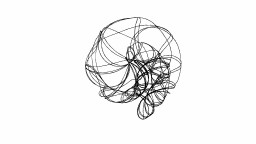
TP: How do the improvisations generated by a computer compare with those of a human? Could a computer ever be innovative in the way that John Coltrane was for example?
FM: Innovative, but in a different way.
TP: But not in a way that creates something new?
FM: I try to use generative systems that produce patterned output that will surprise me. So it will be new in one sense, but its motivations for newness are very different from a person’s. You can come up with a generative system where you know the output is going to be structured, but you still don’t know how it is going to sound or look. So in that sense it’s new. All sounds and images are produced live and no two performances are identical.
Listen to/watch a performance of Small Hands (may take a few seconds to load)
